

Max Davies
2026 Toyota HiAce review
4 Hours Ago
Subaru's XV remains a solid option in a busy segment, but the Hybrid simply doesn't measure up to its price premium over lower-spec versions.
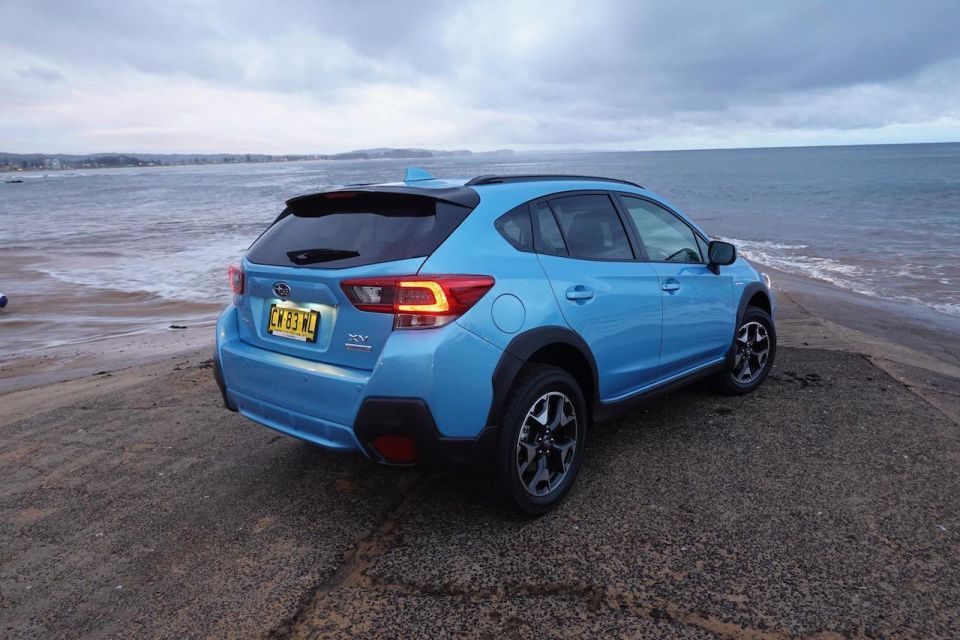
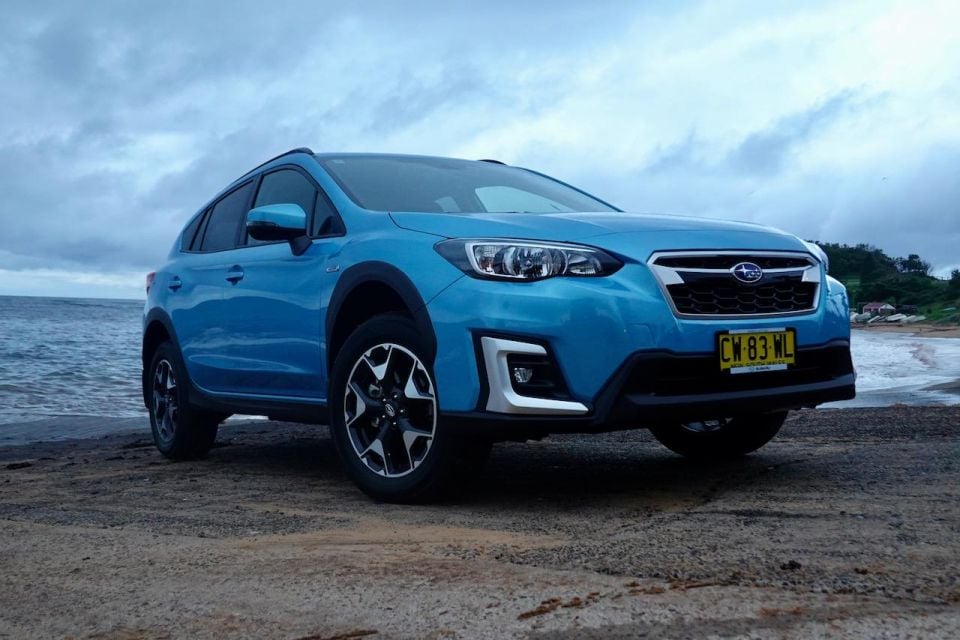

Senior Road Tester
New from
$35,580
excl. on-roads

Senior Road Tester
New from
$35,580
excl. on-roads


Senior Road Tester
New from
$35,580
excl. on-roads

Senior Road Tester
New from
$35,580
excl. on-roads
Quickly see how this car stacks up against its competition. Select any benchmark to see more details.
Where expert car reviews meet expert car buying – CarExpert gives you trusted advice, personalised service and real savings on your next new car.
If you’ve been around for as long as I have, chances are you’ve owned a Subaru or two. In my case, it’s the latter.
Back when I’d returned from four years living in the United States there was very little money in the bank for a car and the old man had recommended the Subaru Sherpa, a tiny box of a car that cost almost zero to run and not much more to buy.

Two seats, a decent rear cargo space, an optional sunroof, and a superb metallic green paint job was more than enough to get me over the line. The asking price was $6000 and it was owned by a Ford quality control manager who had kept it in showroom condition with minimal miles on the clock – as it showed back then.
A few years later I was making Behind the Wheel for television and had the opportunity to drive one of the first WRXs in the country. I was blown away by the performance and handling aspects – I’d become a Subaru fanboy.
With a few more bucks in my pocket I later bought a 1997 Liberty, which felt like a luxury car after coming out of the mini-mouse-sized Sherpa. Moreover, this was a car that provided comfortable and trouble-free motoring for at least 12 years before the CV joints finally needed replacing.

It was also an era when I believe Subaru design was at an all-time high, a key selling point along with all-wheel drive and the marque’s bulletproof reliability.
I won’t dwell on Subaru’s current design language, other to say it’s robust and utilitarian in execution, though few would argue with the idea the XV has remained one of the best-looking cars in its range for some time now.
It’s probably why I’ve always had a soft spot for the Subaru XV since it arrived in 2012. The proportions were right and the styling was spot on for a compact all-wheel drive crossover.
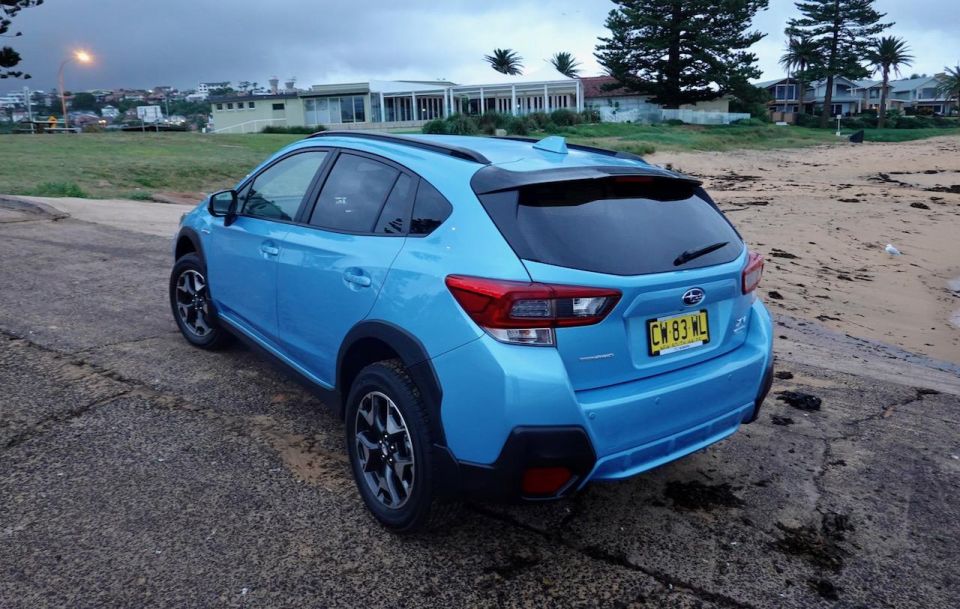
Even today, I’d argue the second-generation XV is the best-looking Subaru. By adding a hybrid to the line-up, the brand is now looking to broaden its appeal and attract new, more environmentally-conscious buyers to its showrooms.
Sales show the XV still resonates strongly with buyers after notching up more than 10,000 units in 2019, second only to the ever-popular Forester, which racked up more than 15,000 over the same period.
Nonetheless, does the hybrid version stack up on an efficiency basis, and there are any other benefits for those prepared to make the switch?
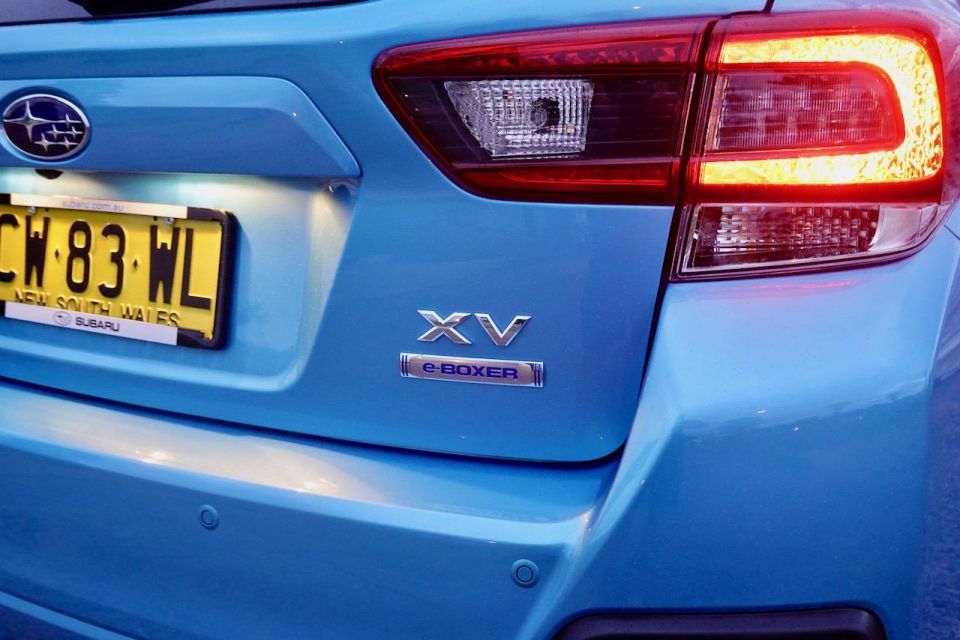

You might have expected the Hybrid to be the range-topping XV, but that isn’t the case. Instead, it plays second fiddle to the top-spec 2.0i-S priced from $36,530 before on-road costs. The Hybrid is priced slightly lower at $35,580 before on-roads.
The Hybrid is based on the lower-spec 2.0i-L which sells for $31,610 before on-roads with pure petrol power, but gets a detuned version of the same naturally aspirated 2.0-litre flat-four. It adds electrification to makes up for the slight loss of power.
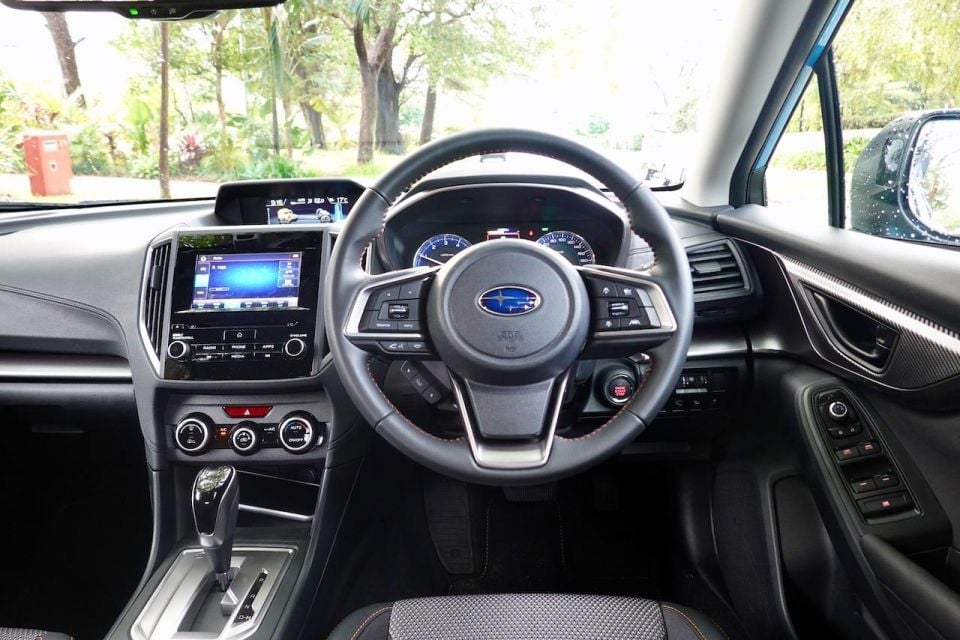
Buy your new car without the stress. It's fast, simple and completely free.

Great service from Travis and team, second time I have used this business would not hesitate to recommend them to anyone
Craig C.
Purchased a Ford Ranger in Sunshine Coast, QLD
CarExpert helped Craig save thousands on his Ford Ranger, now let us save you on your next new car.
Find a dealI’d argue the 2.0i-S is the Hybrid’s closest rival, especially as it gets more equipment and a larger petrol tank. There are one or two alternatives from outside the Subaru stable, even though it’s not comparing apples with apples.
Toyota has the aggressively designed C-HR Koba Hybrid, though it’s front-wheel drive only in hybrid guise.
Notwithstanding the technology play with hybrid power, there are bound to be buyers who will likely price match with the latest and greatest small SUVs such as the Kia Seltos Sport+ with its 1.6-litre turbo-four making a healthy 130kW of power and 265Nm of torque.
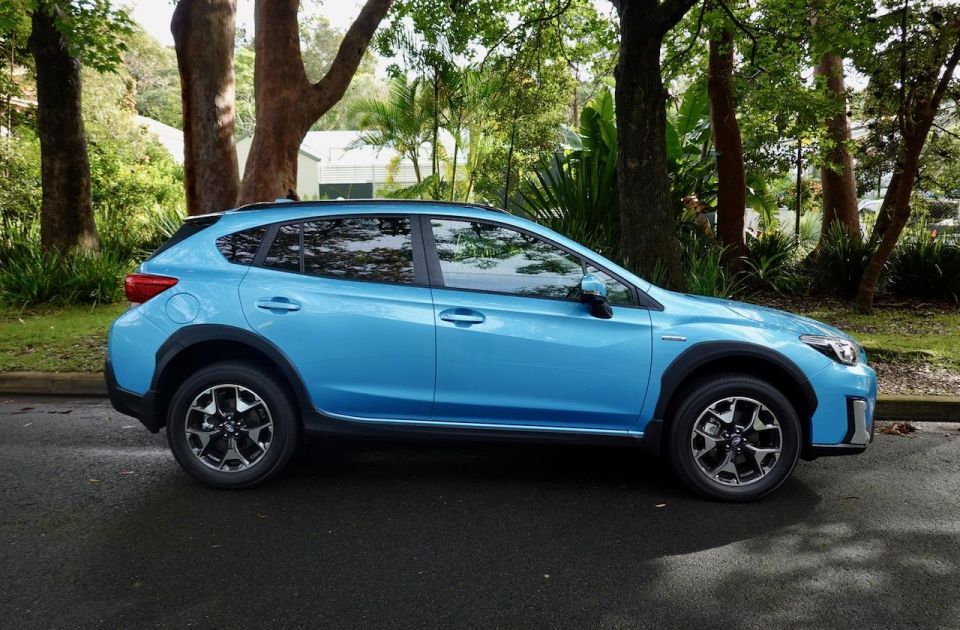
There are plenty of others, too. This is one of busiest segments in the automotive landscape, with competitors such as the big-selling Nissan Qashqai, Honda HR-V, Mazda CX-3, and Mitsubishi ASX to name just a small number of no fewer than 30 makes and models vying for market share.
Essentially, you get the same 2.0-litre four-cylinder Boxer petrol engine as employed in every other XV variant but adds a lithium-ion battery and electric motor that boosts power and torque by 10kW and 66Nm respectively.
The hybrid powertrain is mated to a continuously-variable automatic transmission as with every other XV, and indeed every other Subaru except manual versions of the WRX and the entire BRZ line-up.
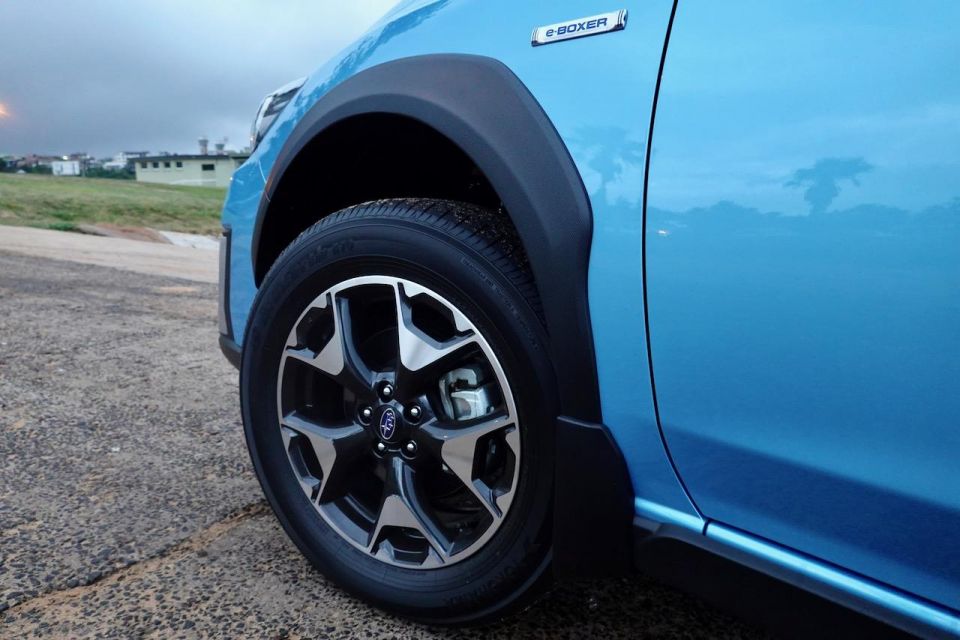
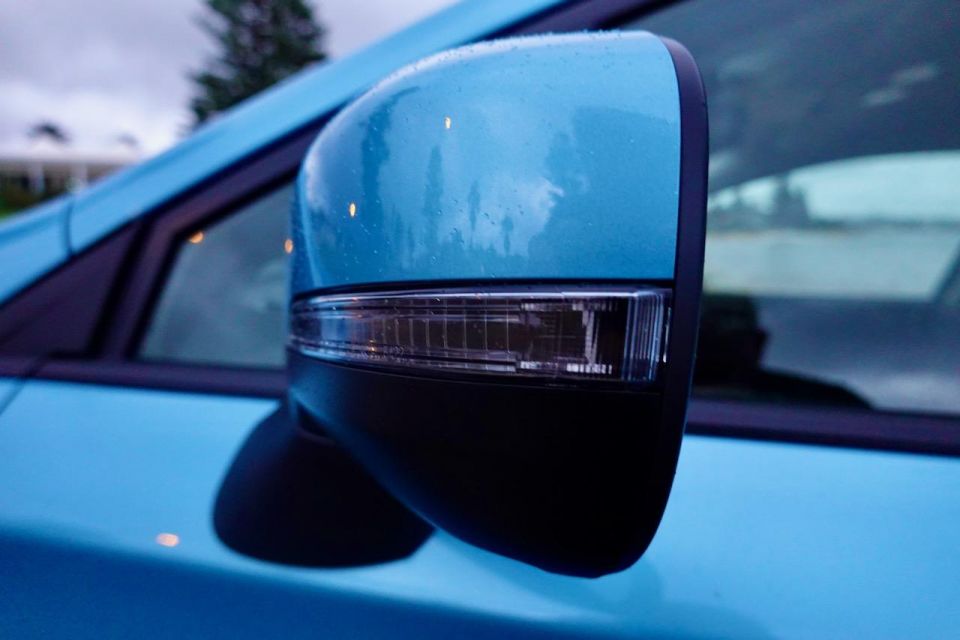
It’s also exactly the same drivetrain used in the Forester Hybrid, but that car is considerably heavier than the smaller XV, which clearly benefits more from the extra thrust generated by the hybrid system.
There are a few standard features unique to the XV Hybrid such as the snazzy Lagoon Blue paint job which I really like, the frosted silver surrounds encasing the fog lights, and the low-profile roof rails in black. You’ve also got the various e-Boxer badges around the car to let everyone know you’re driving a ‘green’ version.
Standard equipment includes a 6.5-inch infotainment screen (less-expensive petrol XV versions get a larger 8.0-inch unit), single-zone climate control (again, you get dual-zone on lower-priced variants), adaptive cruise control, 17-inch alloy wheels, old-school Halogen headlamps (the 2.0i-S gets LEDs), and Apple CarPlay/Android Auto with six-speaker audio system.

There’s also privacy glass, paddle shifters, a rear-view camera with rear parking sensors, power-fold and heated door mirrors, and rain-sensing wipers.
But, the Hybrid misses out of stuff like ambient lighting, an electric sunroof, satellite navigation, electrically-operated driver’s seat and even illuminated vanity mirrors, believe it or not.
In the end, we’d feel a bit short-changed buying the Hybrid over the marginally more expensive XV 2.0i-S which gets the level of equipment you might expect from a hybrid variant.
The current Subaru XV gets a five-star ANCAP safety rating, but the crash test results are based on crash tests of the related Subaru Impreza. The results apply to all XV variants, including the hybrid.
In the frontal offset test it scored 14.80 out of a possible 16, while in the side impact test it achieved the maximum 16 out of 16.
The pole test also resulted in the maximum 2 out of 2, which helped the XV achieve a total score of 35.80 from a possible 37.
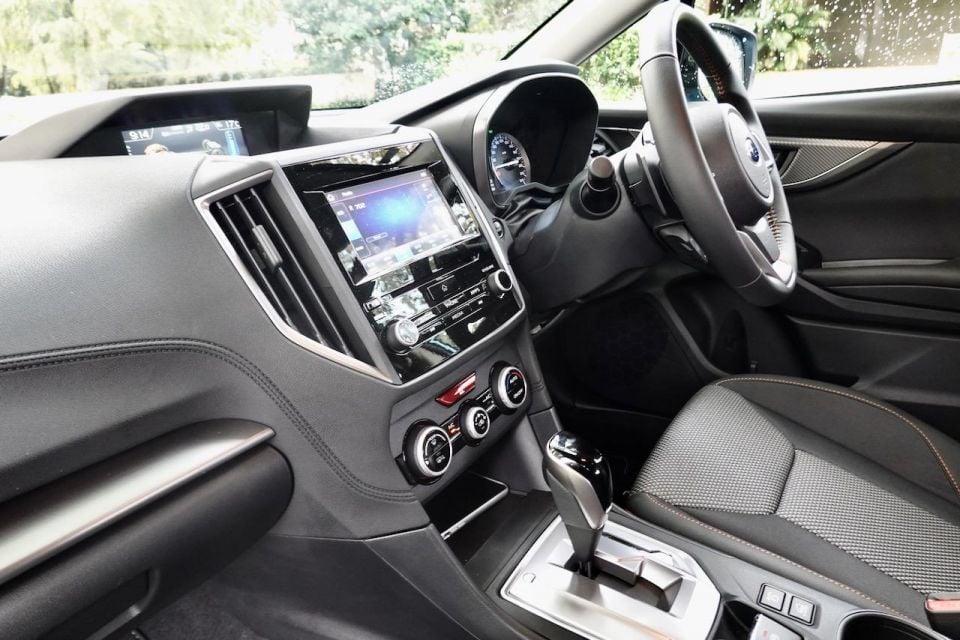
There’s dual frontal, side, head and knee airbags are standard across the line-up but autonomous emergency braking, and lane support systems such as lane-departure warning, lane-keeping assist, and lane sway warning are standard on the hybrid.
Vision assist features such as blind-spot monitoring, high-beam assist, lane-change assist, rear cross-traffic alert and reverse automatic braking are only available on the top-spec 2.0i-S petrol and Hybrid variants.
Every Subaru XV barring the hybrid is equipped with a space-saver spare wheel, where the hybrid gets a puncture repair kit which could limit how far you venture off the beaten track.
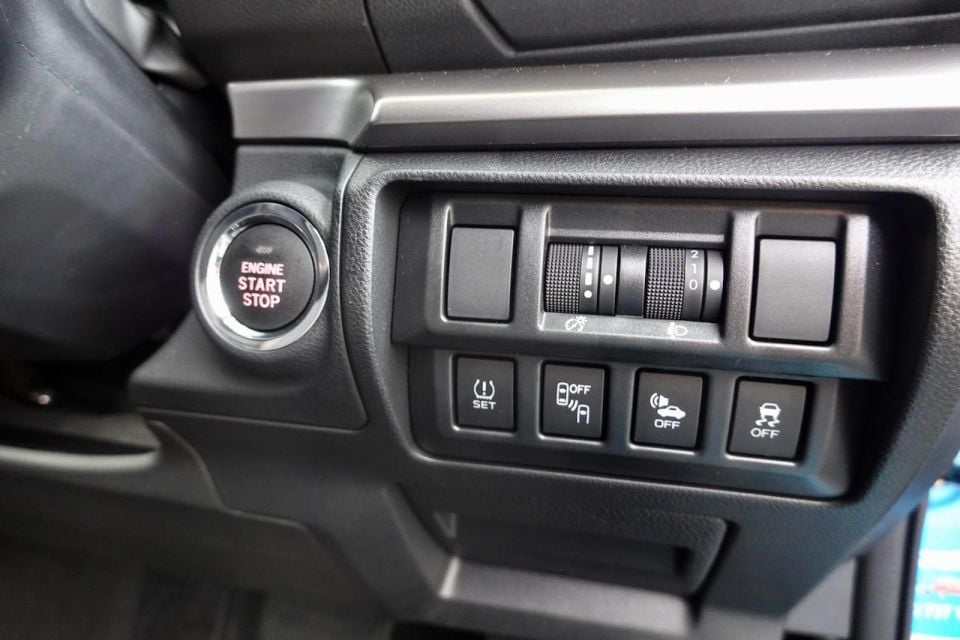
With regards children there are three child seat anchor points and two ISOFIX anchor points.
It may not be leather but so-called ‘Premium’ cloth upholstery looks and feels good, while the seat design itself includes generous padding and bolstering. I prefer it to leather in some cases, given our cold mornings and hot summers.
Everything feels robust and well screwed together. The materials (even the hard plastics) are quality items. The general layout of the switchgear is clean and simple, and the brightwork has a better-than average look about it. Better still, it feels kid-proof.
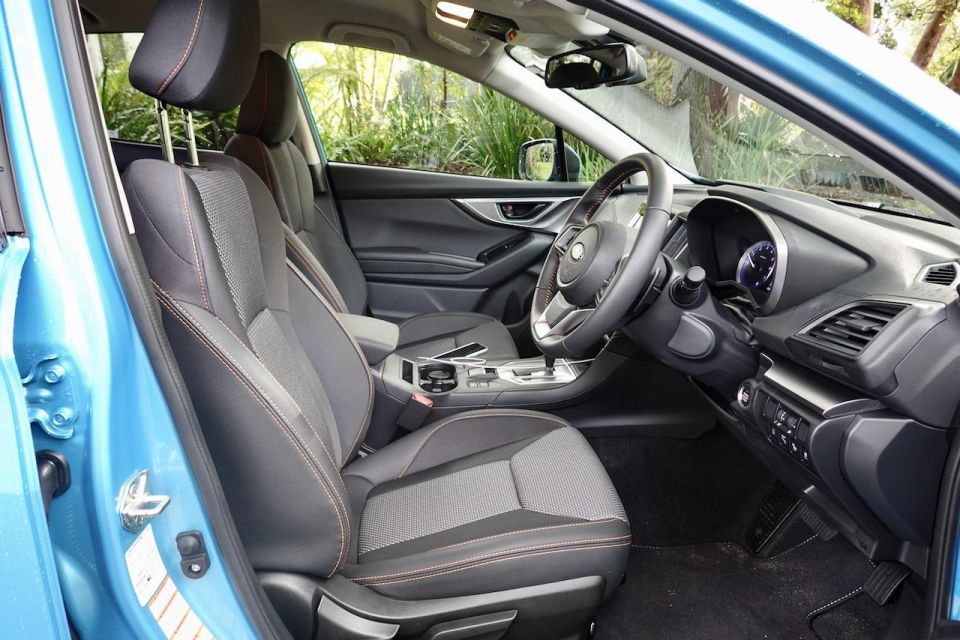
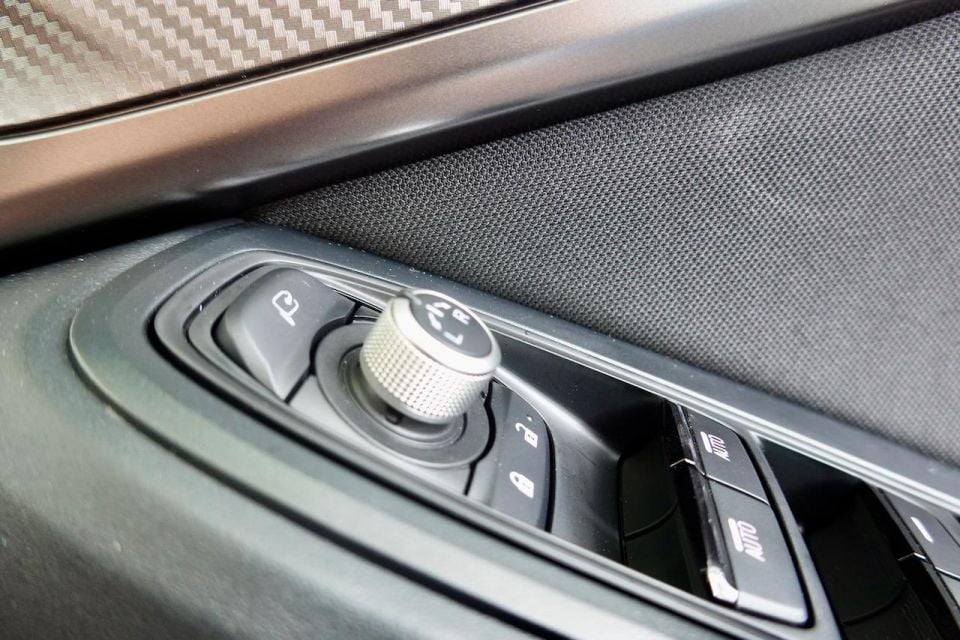
I especially like the leather-wrapped steering wheel with contrast red stitching. It’s nicely padded, more tactile than most, and offers plenty of functionality with its easy-to-read layout.
There’s no question the XV needs a larger infotainment screen to bring it up to speed with its competitors, but at least there’s three USB ports and Apple CarPlay to alleviate the glaring omission of satellite navigation.
Interior space is mostly roomy, though, at least as far as passenger comfort goes. It might be categorised as a small SUV, but the Subaru XV is one of the largest in class – measuring 4465mm long and 1800mm wide.

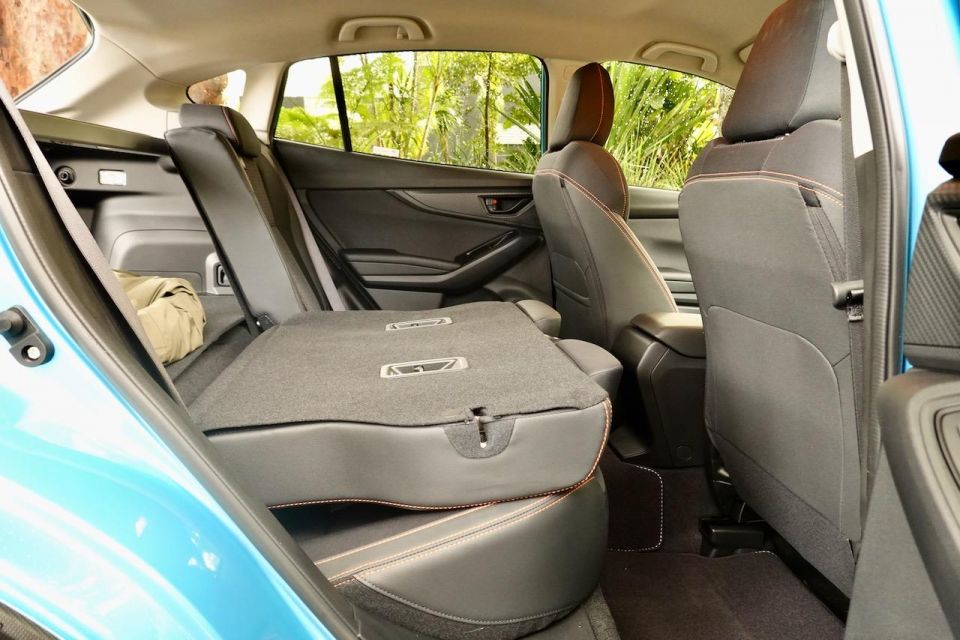
By way of comparison, the Honda HR-V is 4294mm in length and just 1605mm wide, while the Kia Seltos stretches 4315mm long but with the same 1800mm width. Moreover, Toyota’s C-HR extends 4390mm in length with a 1795mm width.
Rear leg- and headroom is more than sufficient, and there’s a central armrest with two cupholders. There’s no air vents back there, unfortunately.
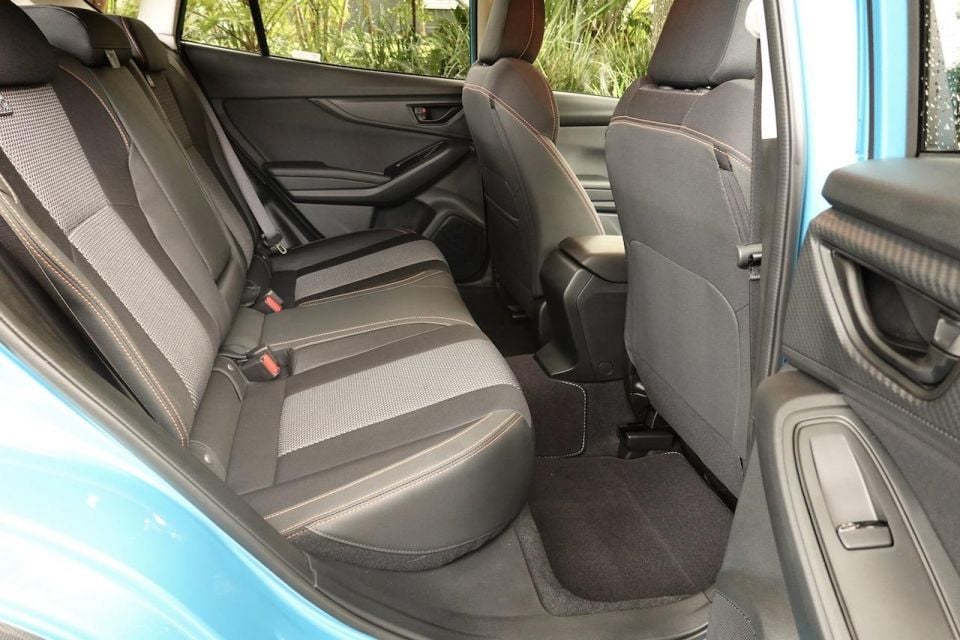

Where expert car reviews meet expert car buying – CarExpert gives you trusted advice, personalised service and real savings on your next new car.
While the 60/40 split-fold seats can be almost flattened, cargo space isn’t as generous as it could be, either.
At first glance it looks decent at 345L, but not when you consider the Kia Seltos has 433L and the Honda HR-V offers even more capacity with 437L.
The XV Hybrid uses a 2.0-litre, flat-four direct-injection petrol engine making 110kW of power (down from 115kW in the rest of the range) at 6000rpm and 196Nm of torque at 4000rpm, linked to a high-voltage lithium-ion battery.
The electric motor generates an additional 12.3kW of power and 66Nm of torque for more instantaneous acceleration from standstill. The battery packs are under the forward-most part of the boot floor.
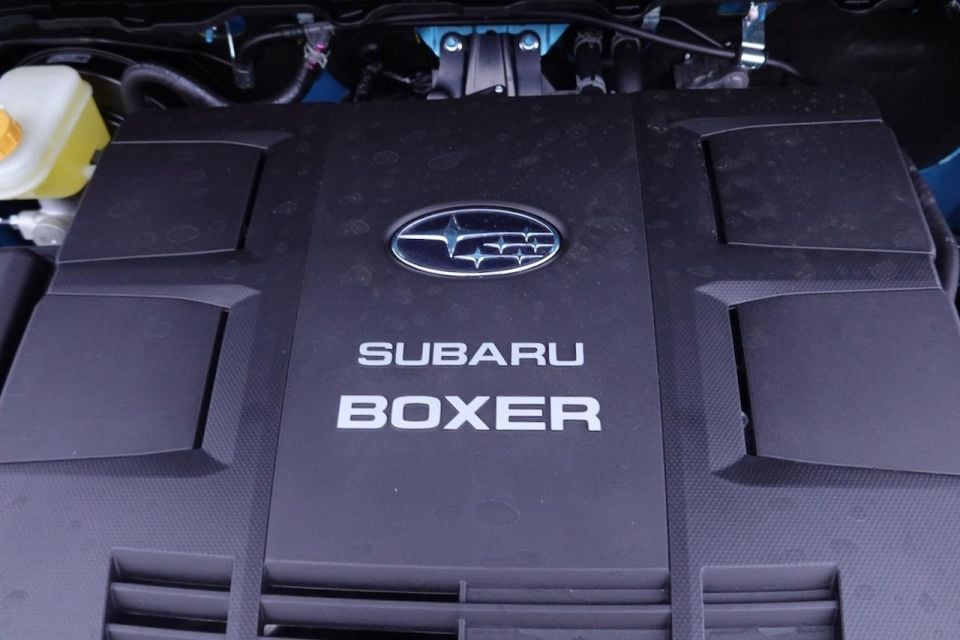
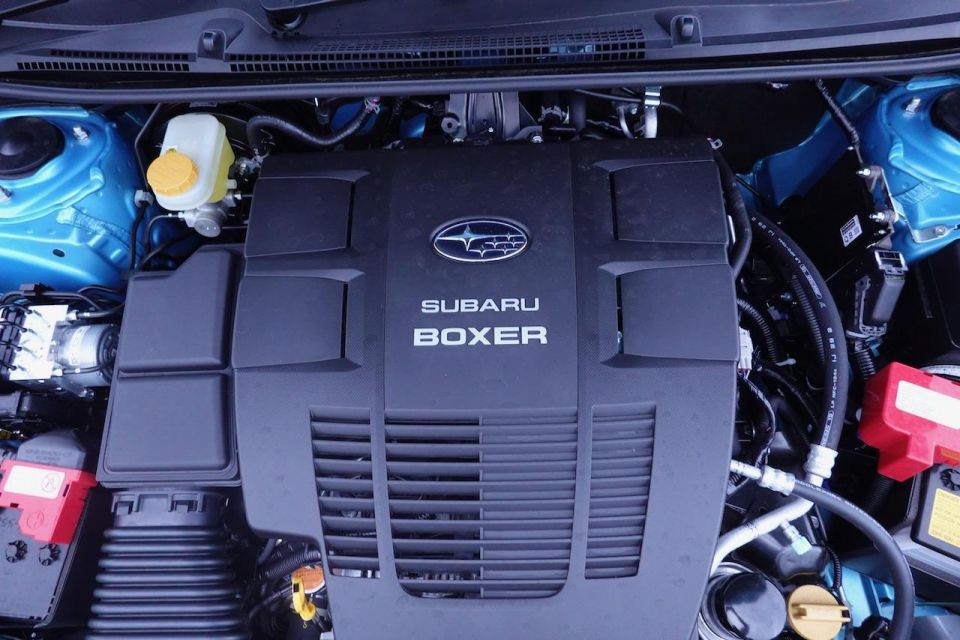
Like most Subaru models the XV uses a continuously variable transmission as opposed to either a traditional torque-converter automatic or dual-clutch gearbox, but with paddle shifters if you fancy going manual.
It’s a bit of fun driving around on electric power only making no noise, particularly on start-up when you’re leaving the house early.
The EV’s e-Boxer logic automatically changes between three power modes: motor assist electric driving, motor assist electric plus petrol, and petrol power exclusively.
The car can operate in full electric mode up to 40km/h but the moment you need to properly accelerate with light-to-medium throttle the petrol engine kicks in – relatively quietly, too.
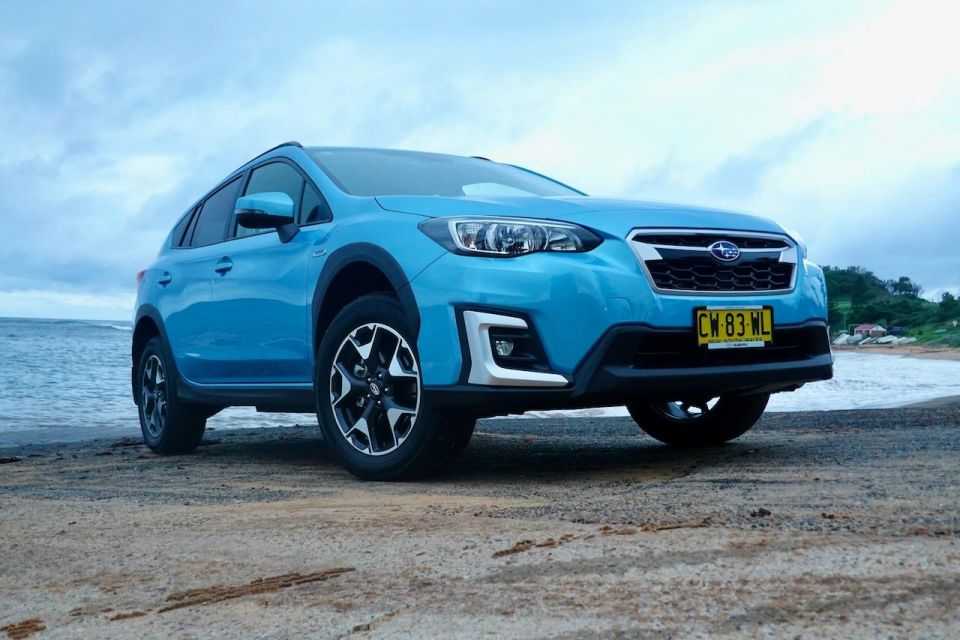

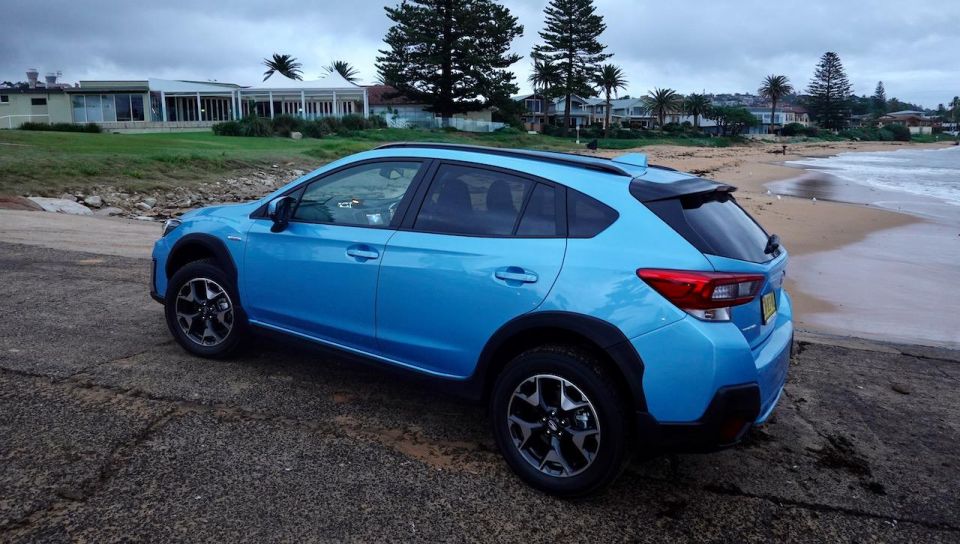
It’s actually quite punchy under full-throttle from a standing start, certainly more-so than petrol-powered versions thanks to torque being available from standstill.
Peppy but not quick, mind, and when you do need to really give it some on say a freeway entrance ramp or during an overtaking manoeuvre, there’s a fair-old racket from the engine as it strives to give you sustained performance.
I’ve never been a fan of CVT transmissions for their lack mid-range torque and that weird feeling of no real-world gear changes as you know them, but Subaru’s system is one of the better ones, which goes some way to simulating gear changes with stepped fake ratios.
The problem is you tend to drive the XV with a lead foot much of the time, even in standard traffic and around town just to keep up. Once you’re to speed it’s fine, even quiet.
There were no corner-carving missions for this test vehicle but the XV Hybrid handles quite well at urban speeds, with first-rate grip and traction thanks to its all-wheel drive system.
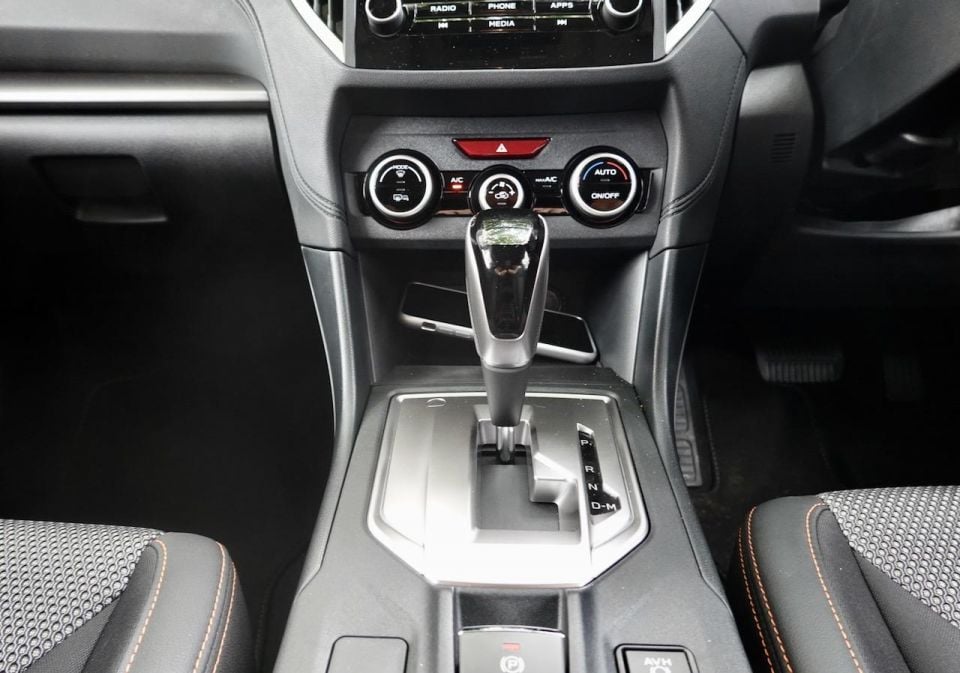

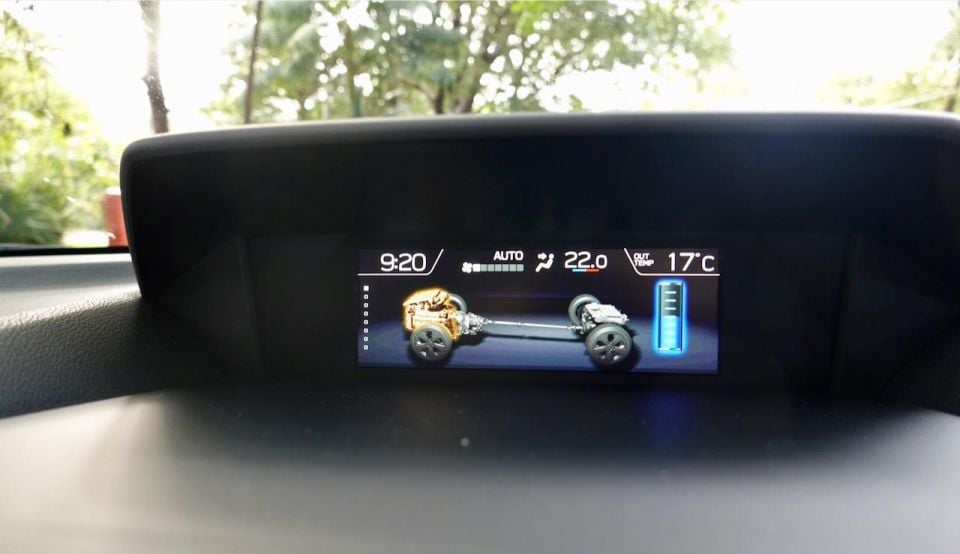
Importantly, ride comfort is downright excellent which has consistently been a hallmark of the brand. Suspension compliance is just about perfect despite the extra weight of the batteries in the hybrid.
Those big speed bumps can be taken a tad faster than most vehicles in this class. It’s softer without compromising body control, and you have a substantial 220mm of ground clearance to clear gutters or the odd dirt road to an out-of-the-way surf spot, perhaps.
Pedal progression is good, too, and the brakes are surefooted, as they need to be given the XV Hybrid carries a weight penalty of 102kg over the 2.0i-L version.
This is where the hybrid falls short of its fuel-efficient promise, in my view. It doesn’t really stack up from an efficiency standpoint, though it goes better than the regular XV, which is some consolation, though, you’re paying a sizeable premium for that.
The manufacturer says it should achieve a combined fuel consumption as low as 6.5L/100km as opposed to a petrol-only XV’s 7.0L/100km. But it only gets a 48-litre fuel tank and uses regular 91 RON fuel.
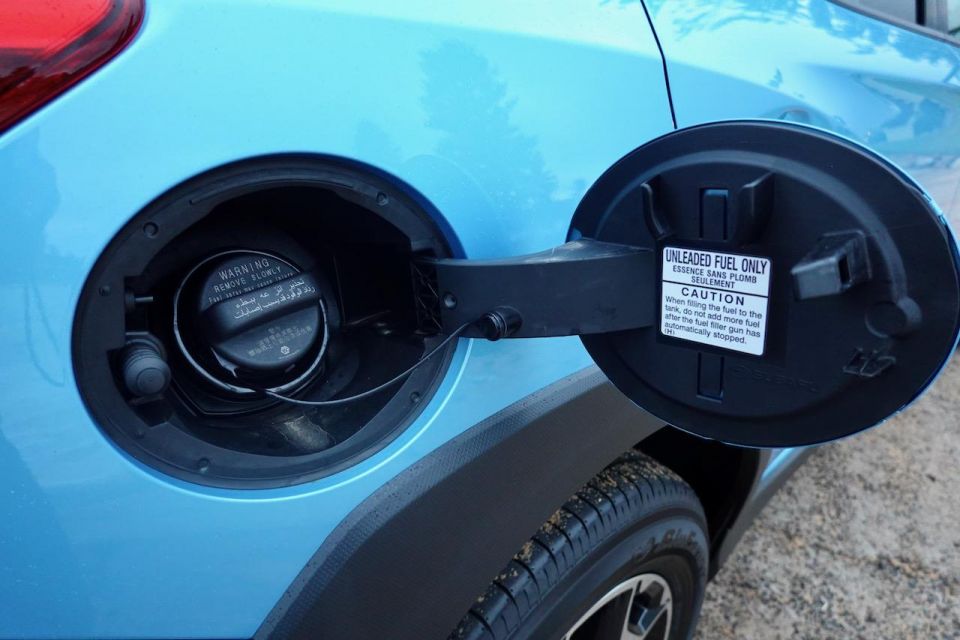

The best I could do driving the XV in exclusively urban conditions was 9.9L/100km and that included a fair bit of EV-only mode while running errands to the local supermarket and restaurants around my neck of the woods.
The Subaru XV Hybrid is covered by a five-year/unlimited-kilometre warranty. There’s an eight-year/160,000km warranty on the lithium-ion battery.
Subaru also provides a capped-price service schedule with intervals set at 12-month/12,500km with the first such service capped at $350.25, the second at $588.31, the third at $354.83, the fourth at $784.77, and the final service at $354.86 making that a total of $2433.02 over five years.
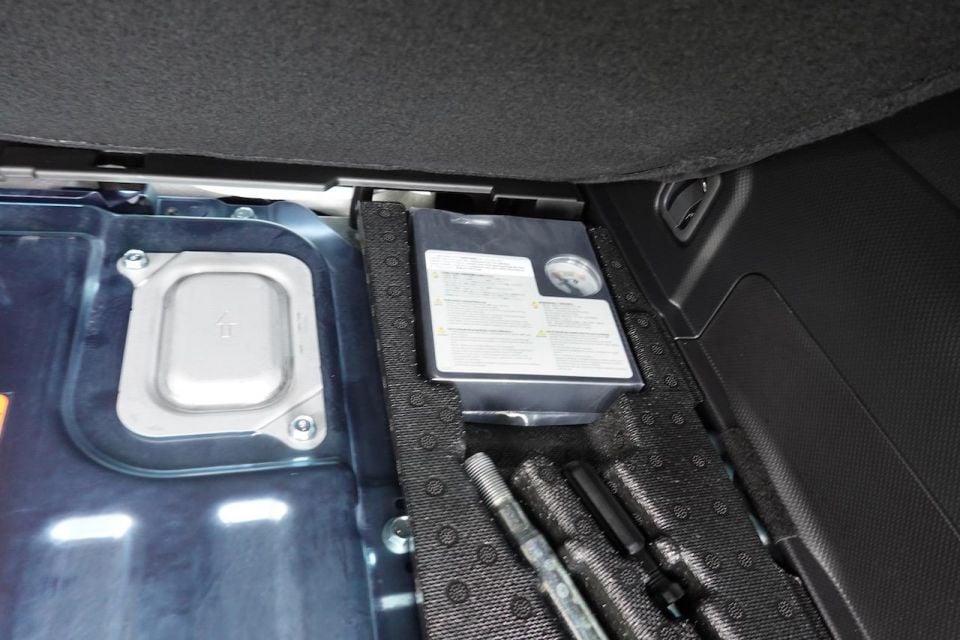
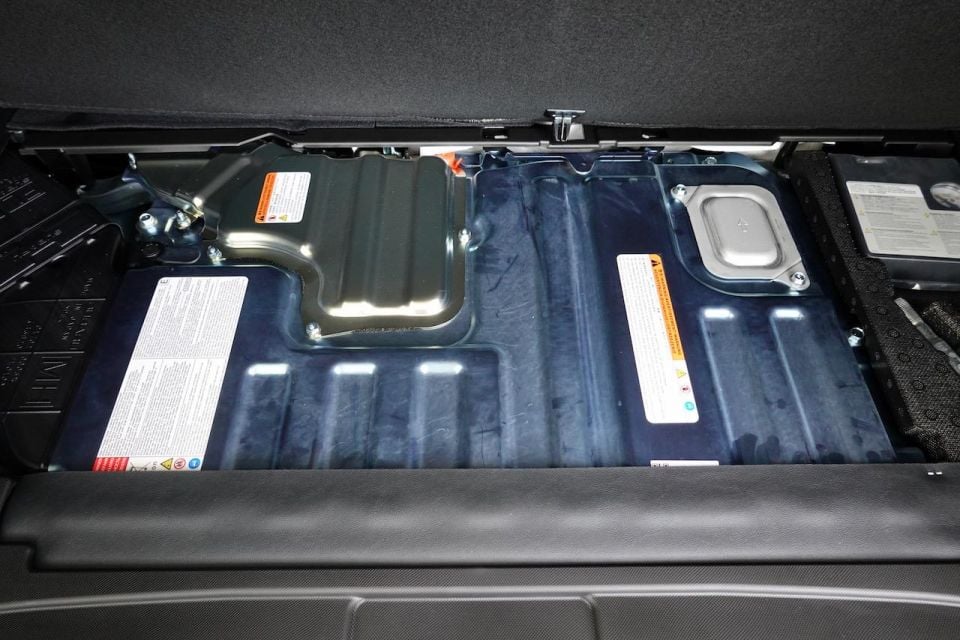
The Subaru XV Hybrid is a solid car with decent road manners and a comfortable ride. It’s also more enjoyable to drive than its petrol-only siblings, but it’s not really worth its sizeable premium.
Performance is certainly a tad better than regular XVs, but it’s a low base and therefore still a bit lacklustre.
There’s also the fact the hybrid misses out on a bunch of kit, even though it’s the second-most expensive version in the line-up.

It’s hard to recommend it over the top-spec XV 2.0i-S priced at $36,530 before on-road costs but with substantially more features.
The USA get a plug-in hybrid version of the XV (they call it a Crosstrek) which manages to get around 2.6L/100km which makes far more sense for those willing to pay more for such low fuel consumption.
Where expert car reviews meet expert car buying – CarExpert gives you trusted advice, personalised service and real savings on your next new car.
Anthony Crawford is a CarExpert co-founder and senior presenter with 20+years in automotive journalism and content creation.


Max Davies
4 Hours Ago


William Stopford
20 Hours Ago


Ben Zachariah
21 Hours Ago


Derek Fung
22 Hours Ago


Matt Campbell
1 Day Ago


William Stopford
2 Days Ago